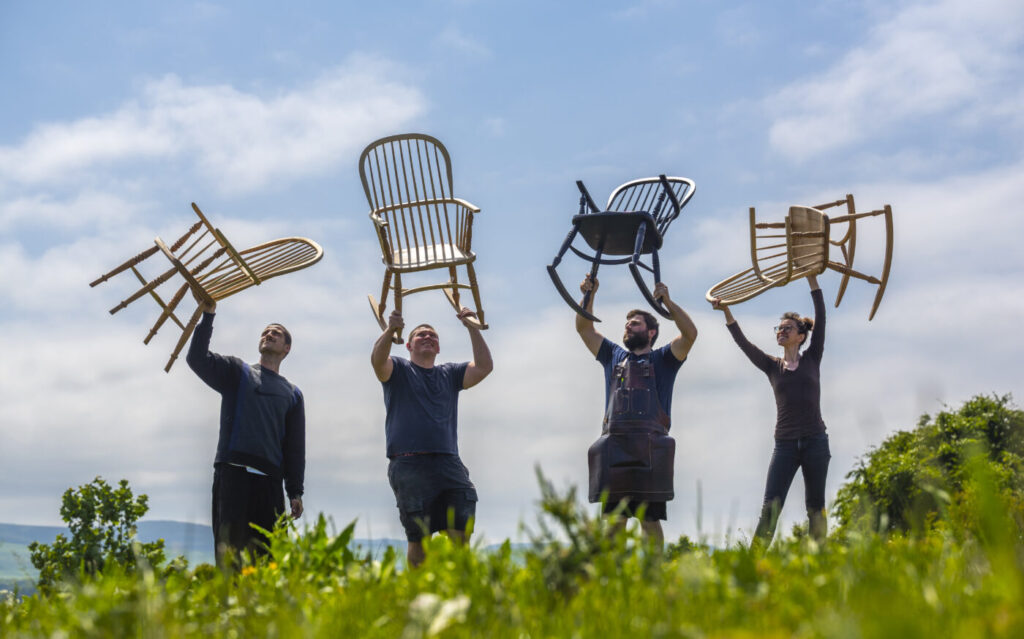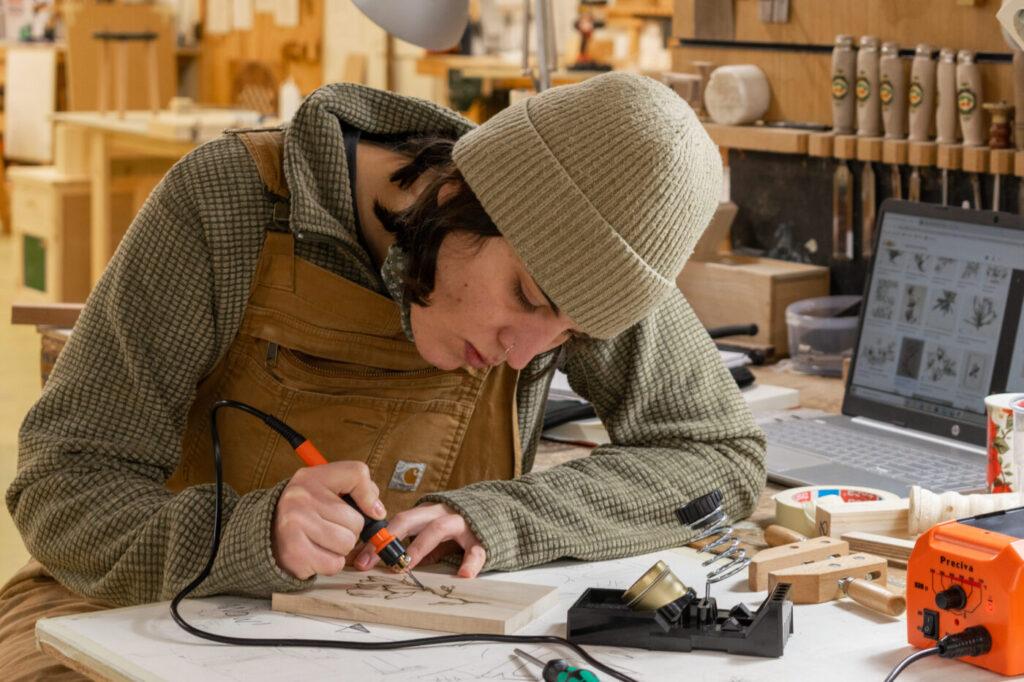What’s in a name? Well, for us, everything. When Anselm Fraser founded the Chippendale International School of Furniture 40 years ago, naming it didn’t take long. He wanted something that reflected what our furniture making school stands for: strong design, skilled craftsmanship, and a willingness to push creative boundaries. There was only one name that ticked all the boxes – Thomas Chippendale.
You might already associate the name with iconic furniture… or perhaps something a bit more risqué (we get that a lot!). So, we thought we’d take a moment to shine a light on the man behind our school’s name and why his influence still matters today.

Who is Thomas Chippendale?
Born in 1718 in Otley, Yorkshire, Thomas Chippendale came from a long line of carpenters. His father introduced him to woodworking early on, and he honed his skills through hands-on experience and apprenticeships before setting up shop in London. His workshop quickly became a hub for bespoke furniture and interior design, employing up to 50 craftsmen and serving aristocratic clients.
Chippendale wasn’t just a talented maker; he was an innovator. In 1754, he published The Gentleman and Cabinet Maker’s Director, a revolutionary pattern book which included over 160 furniture designs spanning Rococo, Gothic, and Chinese styles. It made bespoke furniture design more accessible, offering a toolkit that craftsmen across the country could use and adapt. Take the iconic Chippendale Chair, with several design variations for legs, backs and arms, the options for bespoke chairs were endless! Suddenly, beautifully designed furniture wasn’t just for the elite and Chippendale’s name became synonymous with design excellence across Europe and further afield.
Why Chippendale?
Looking at Chippendale’s impact, it’s clear why we wanted to connect ourselves to his name. His design philosophy, established in tradition yet unafraid to evolve, struck a chord with us.
His work respected classic joinery, while always looking forward, incorporating styles like Chinoiserie and later Neoclassicism. That balance of respect for the old and openness to the new is something we live by at the School.
We also admire how progressive he was when it came to the business of furniture. By self-publishing The Director, he empowered other makers to succeed, just as we aim to empower our students with not just technical skill, but the entrepreneurial know-how to thrive as professionals.

How do we bring his ethos into the workshop?
We inadvertently follow Chippendale’s legacy and ethos every day.
At the Chippendale School, you’ll find students carving hand-cut dovetails alongside lessons on 3D modelling. Our approach is all about blending the best of traditional craftsmanship with modern design thinking.
This philosophy is at the heart of our 30-week Professional Course, an intensive course that equips aspiring furniture makers from all walks of life with both hands-on skills and business acumen.

The makers of tomorrow
At our 2025 Graduate Exhibition, running 12-14 June, the 30 Professional Course students will unveil work that brings Chippendale’s legacy into the 21st century. Expect classic bureaus and desks alongside innovative modular designs, showcasing how traditional craftsmanship continues to evolve in the hands of a new generation. You can reserve your place for free on Eventbrite.
Thomas Chippendale’s influence lives on not only in museums and stately homes but also in workshops like ours, where the next generation of makers carries forward his ethos of tradition and innovation.
—
If you’re interested in exploring a career in woodworking and furniture making, please get in touch.
